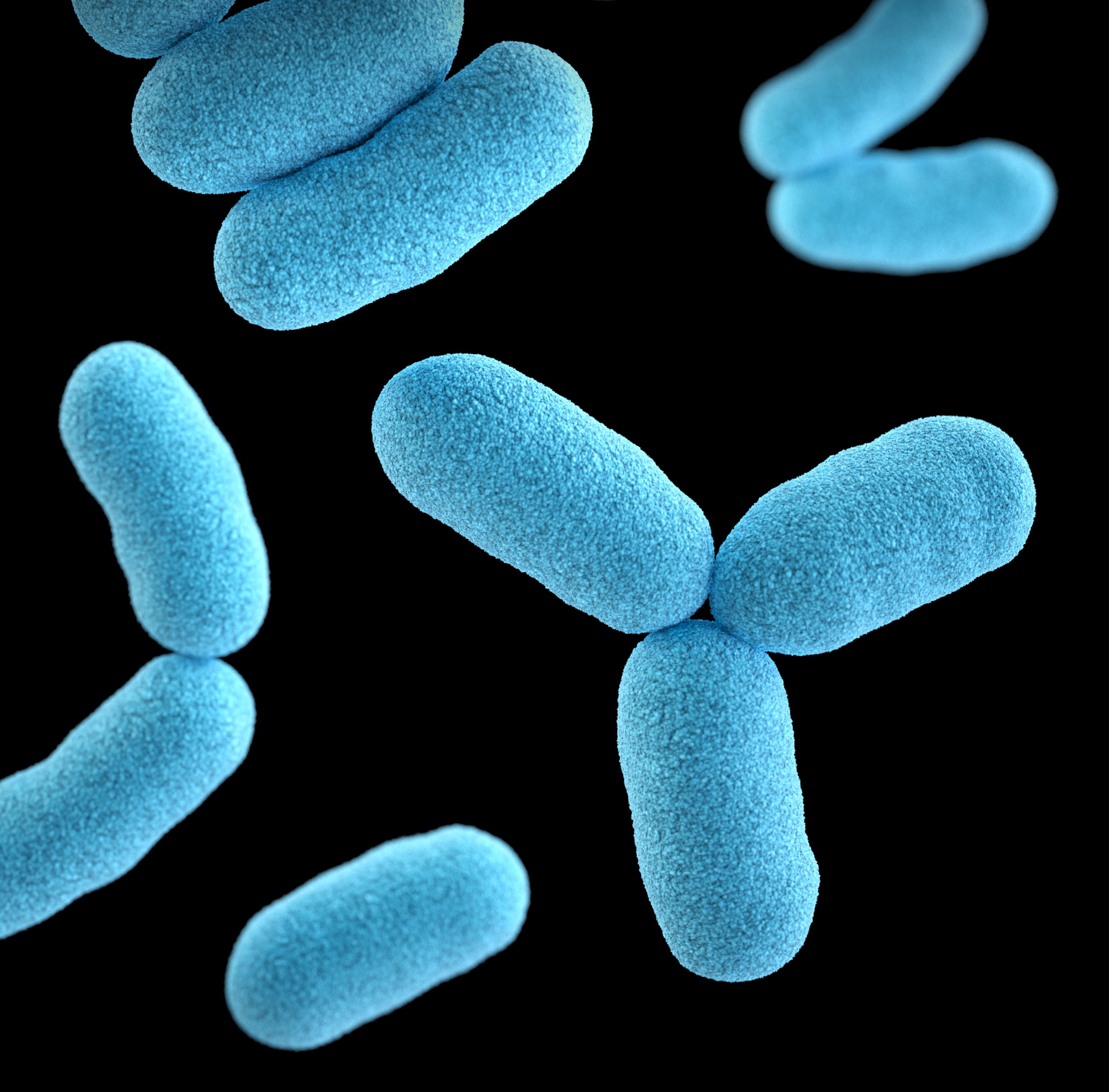Introduction:
The recent surge in foodborne illness outbreaks has raised concerns about the safety of our food supply. Among the many pathogens that pose a threat, Listeria is a particularly deadly bacterium that can cause serious illness and even death, especially in vulnerable populations such as pregnant women, newborns, elderly individuals, and those with weakened immune systems. In this article, we will delve into the world of Listeria outbreaks, uncovering what this bacterium is, how it can cause havoc, and what you need to know to protect yourself and your loved ones.
What is Listeria?
Listeria monocytogenes, commonly known as Listeria, is a type of bacteria that can be found in various environments, including soil, water, and food processing facilities. It is a hardy bacterium that can survive and even thrive in refrigerated temperatures, making it a formidable foe when it comes to food safety. Listeria is unique because it can grow and reproduce even in the low temperatures of a refrigerator, making it different from other common foodborne pathogens like Salmonella or E. coli that typically require higher temperatures for growth.
Outbreaks: A Deadly Threat
Listeria outbreaks are a serious concern as they can have devastating consequences. When contaminated food products are consumed, the bacteria can cause listeriosis, a severe form of foodborne illness that can lead to life-threatening complications. In recent years, there have been several high-profile outbreaks linked to Listeria-contaminated foods, resulting in multiple illnesses, hospitalizations, and deaths.
Identifying the Culprits
Identifying the source of Listeria outbreaks can be challenging due to the bacterium’s ability to survive and grow in different environments. It can be found in various types of food, including deli meats, soft cheeses, unpasteurized dairy products, smoked seafood, and raw vegetables. Moreover, Listeria can also survive in food processing facilities, leading to potential contamination of multiple food products. Determining the exact source of contamination often requires meticulous investigation and thorough testing by health authorities and food safety agencies.
Understanding the Dangers
Listeriosis can be particularly dangerous for certain populations, including pregnant women, newborns, elderly individuals, and those with weakened immune systems. In pregnant women, Listeria infection can cause miscarriages, stillbirths, premature deliveries, and serious health complications for the newborn. Elderly individuals and those with weakened immune systems are also at higher risk of severe illness, including sepsis and meningitis, if they contract listeriosis.
Prevention is Key
Preventing Listeria outbreaks requires a multi-faceted approach that involves proper food handling, processing, and storage practices. Consumers should follow safe food handling practices, such as washing hands thoroughly before handling food, avoiding cross-contamination between raw and cooked foods, and thoroughly cooking food to safe temperatures. Pregnant women, newborns, elderly individuals, and those with weakened immune systems should be particularly vigilant in following safe food handling practices.
Food processors and manufacturers also play a critical role in preventing Listeria outbreaks. Strict adherence to good manufacturing practices (GMPs) and Hazard Analysis and Critical Control Point (HACCP) systems can help reduce the risk of contamination during food processing. Regular testing of food processing facilities and equipment for Listeria contamination, as well as prompt and effective recalls of potentially contaminated products, are also essential to prevent outbreaks.
Conclusion:
Listeria outbreaks are a serious public health concern that demand attention and action. Understanding the basics of Listeria, identifying the causes of outbreaks, following essential tips for protection, debunking myths, and taking steps towards prevention are critical in mitigating the risks associated with this deadly pathogen. As consumers, it’s important to be vigilant, informed, and advocate for stringent food safety measures to safeguard our health and well-being.




